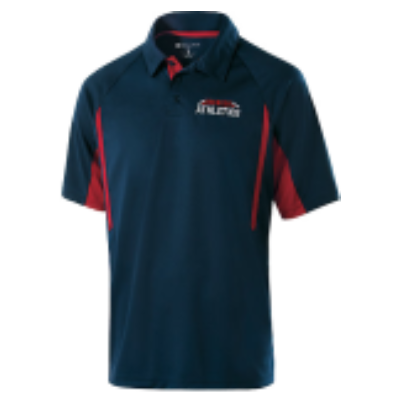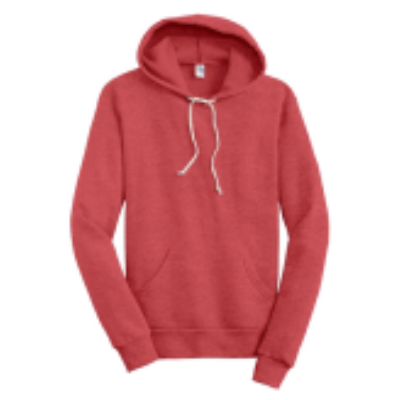Understanding Direct-to-Garment Printing: The Pros and Cons
Direct-to-garment (DTG) printing is a technique that enables direct printing onto fabric using specialized printers. These printers can apply the design directly onto the material, or the design can be transferred using a heat press. It utilizes specialized or modified inkjet technology and has become increasingly popular in recent years due to its versatility and efficiency in producing vibrant, detailed designs.
As with any technology, direct-to-garment printing comes with its set of advantages and disadvantages. In this blog, we will talk about the pros & cons of DTG printing to give designers, entrepreneurs, and hobbyists a clearer understanding of when and why to use this printing technique. Let’s discuss it in detail!













